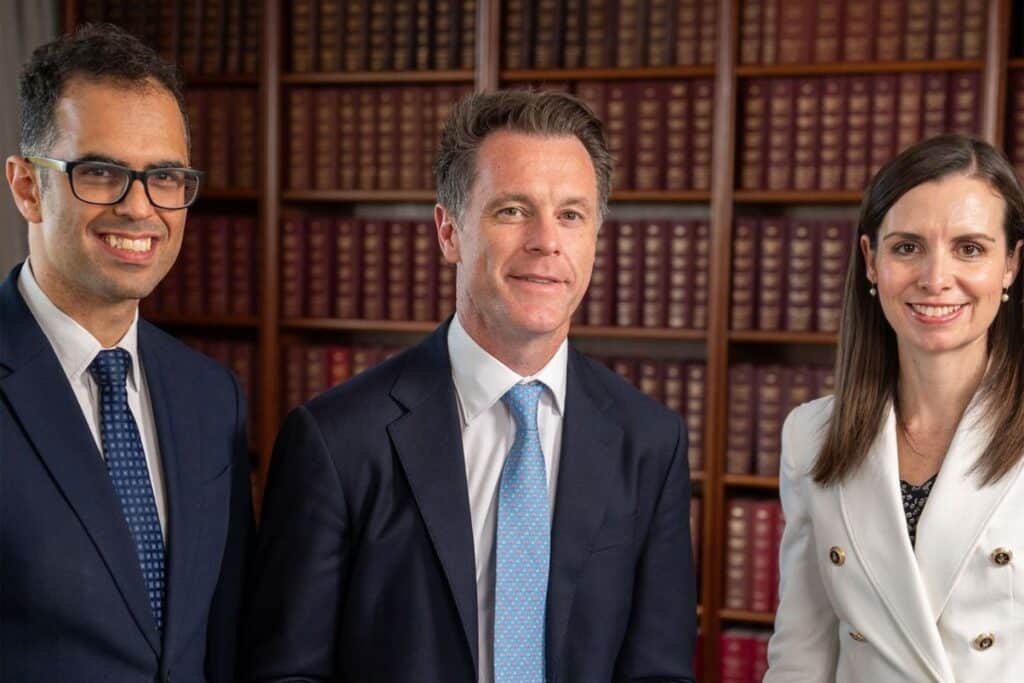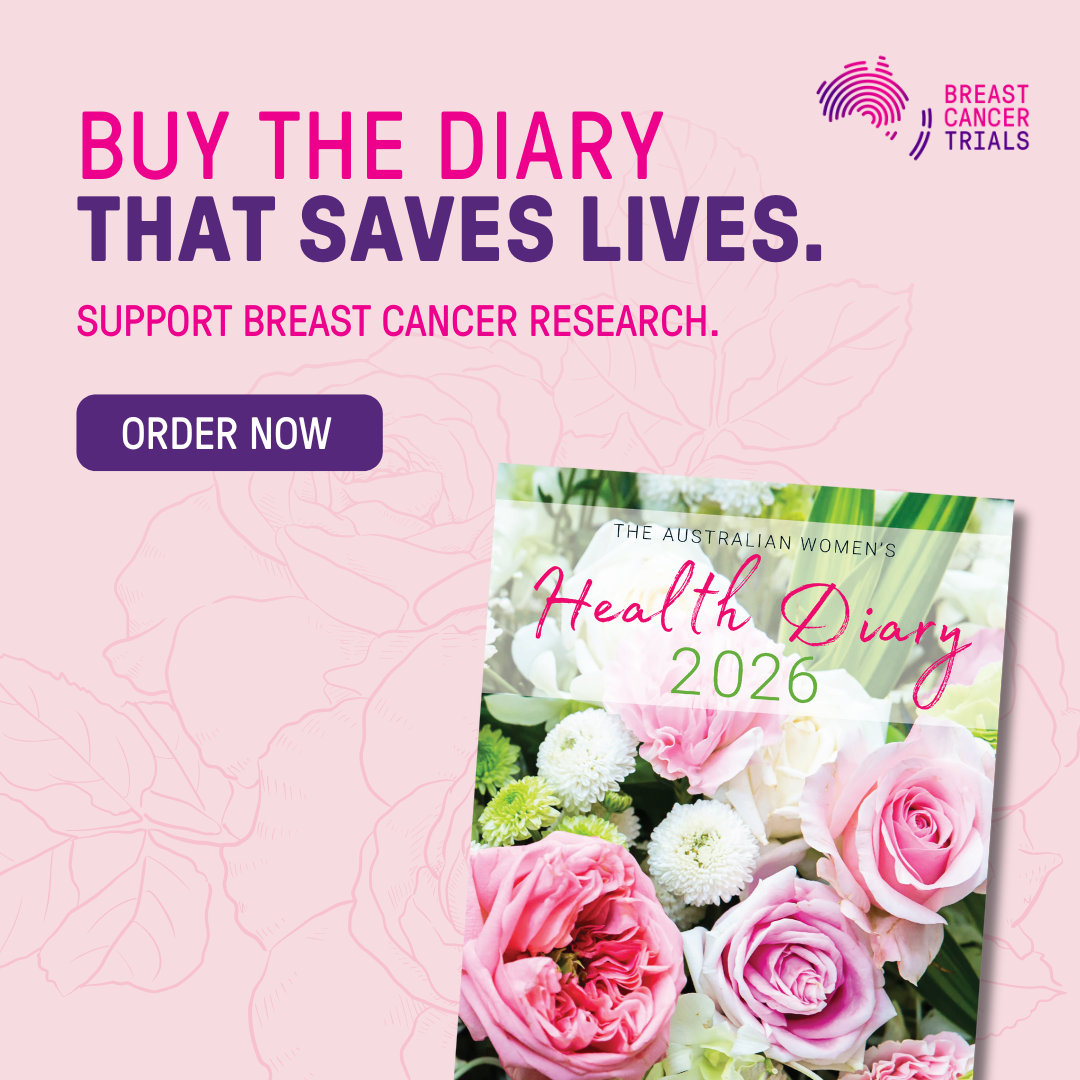Women are amongst the groups in New South Wales who are considered “winners” in the 2023-2024 state budget, released by Treasurer Daniel Mookhey today.
Declared as “a fresh start for NSW” by the Minns Labor government, Mookhey and the government predict this year’s budget will see a $844 million surplus in 2024-2025, after half a decade of deficits under the Coalition government.
Women make up just over half (50.3 per cent) of NSW, and on average are slightly older than men with a median age of 39.6 (compared to 37.8 for men).
Here are five ways the women in NSW will be impacted by the budget.
1. Family and domestic violence (FDV) and sexual assault
There is no doubt that FDV and sexual assault is one of the biggest issues Australian women face today. The latest statistics show one in five women have experienced sexual violence since the age of 15, and 53 per cent of perpetrators are intimate partners.
To tackle this issue, the NSW government have pledged $39.1 million to prevent FDV and sexual violence, as well as impleted victim safety support measures.
The Minns Labor government will also invest $53 million to recruit 48 sexual assault nurse examiners to improve support for victims of FDV and sexual violence.
2. Women’s health
Women experience several health issues that can be debilitating to everyday life, from pelvic pain, to migraines, to mental health challenges.
There are 20 women’s health centres across NSW that see more than 50,000 women every year, more often than not women who are vulnerable and at risk.
Under the 2023-24 budget, these centres will receive $34.4 million in funding over the next four years to improve the services offered to women.
3. Women with families
The gender pay gap in NSW is currently 11.8 per cent, below the national pay gap of 13 per cent. However, research shows the pay gap becomes larger for women with children.
This could be reflective of the challenges women face in going back to the workforce, as well as the significant cost of childcare.
To relieve women of these added costs and to close the gap especially for women with children, the NSW government announced a $100 million package dedicated to early childhood education.
Part of this package will provide families of up to 64,000 children a $500 fee-relief for preschool.
On top of this, $20 million will go towards a trial to extend preschool hours to assist parents going back to work.
4. Women in the workforce
Although the workforce participation rate for women is slowly on the rise, it is still 9 per cent lower (61.4 per cent) than the male workforce participation rate (70.4 per cent).
The rate becomes even lower for Aboriginal and Torres Strait Islander women (56 per cent), women whose first language is not English (55 per cent), women in regional NSW (57.5 per cent) and women aged 50 and over (38.9 per cent).
To boost the workforce participation rate for women in NSW, the government are launching the Future Women’s Jobs Academy, investing $5.8 million to help women get back into the workforce.
Looking at female-dominated industries, the government has also committed to make 16,000 teacher and school-based support jobs permanent, as well as creating 2,313 jobs for nurses and midwives.
5. Women’s sport
After huge successes in women’s sport in the last couple of months, there have been several calls from high-profile sports people, politicians and communities to invest more into women’s and girls’ sport at a grassroots level.
In response, the Minns Labor government is going to invest $30 million into the Level the Playing Field program, which is expected to build and upgrade around 100 sports facilities for women.
Partnering with the Western Sydney Wanderers, the investment will also provide the Football in Schools Program in Western Sydney $14.5 million to support local school sorting teams.
The government’s budget will more than double the funding funding for Football NSW and Sport NSW, from $2.45 million to $5 million in 2023–2024, and $10 million in 2024–2025 and 2025–2026.



